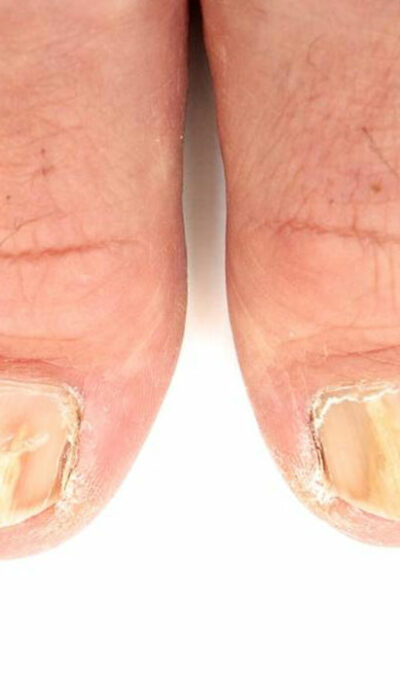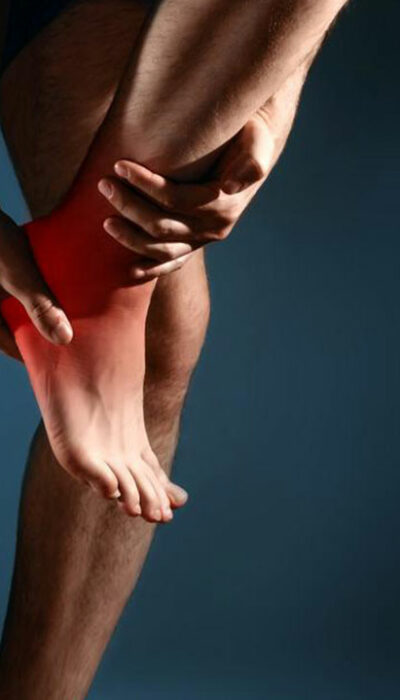
List of foods that help boost mental health and fight depression
Depression is a health condition characterized by feeling low and out of control of one’s moods for a long time period. Often, there is no specific cause this can be traced back to, but rather, it is the result of multiple factors at play at the same time. Depression has serious effects on one’s physical health and mental health. Individuals lose the motivation to indulge in hobbies, are listless throughout the day, and are unable to partake in their routine activities. Aside from medication and therapy, consuming the right food that can help boost mental health and fight depression is recommended. Foods that help manage the condition Just as some foods are good for the bones, there are some foods that go a long way in helping boost one’s mental health. Fighting depression is a gradual process, and the nutrients and foods listed below aid in the same. Omega-3 fatty acids Nuts like walnuts, fish, avocados are examples of food that are rich in omega-3 fatty acids and are among the favored foods to fight depression and boost mental health. Antioxidants Foods containing antioxidants help to fight the damage caused by free radicals, which in turn fights depression. Such foods are rich in vitamins. Proteins To help boost mental health in an individual, proteins should form a necessary part of their diet. Food items like eggs, chicken breast, and yogurt are protein-rich help boost mental health and fight depression in a person. Zinc Food containing zinc boosts the immune system of the body and also boosts mental health. Some examples are nuts, beans, and whole grains. Vitamin B Foods containing vitamin B aids in fighting depression and reducing mood swings. Some examples of food that are rich in vitamin B are eggs, oysters, fish, and whole grains. Mushrooms Research has shown that mushrooms are excellent to boost one’s mental health.










